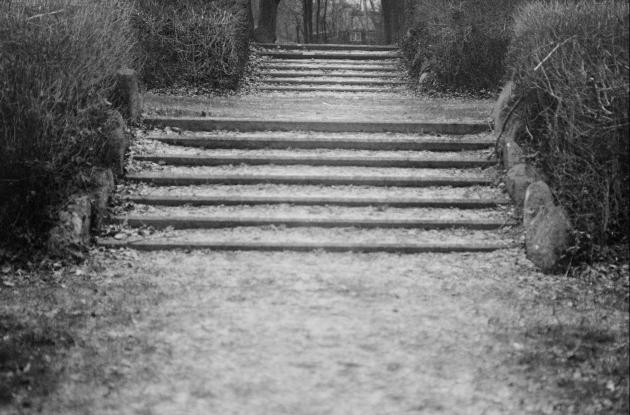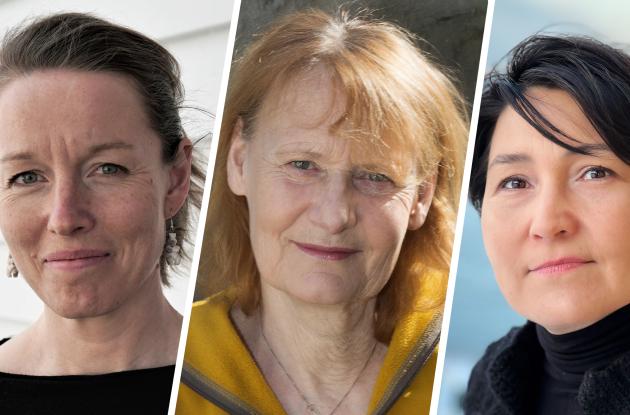The role of archives in postcolonial societies
Inge Høst Seiding, Tina Enghoff and Julie Edel Hardenberg explore how narratives of Denmark's colonial past in Greenland can be illuminated and processed.
What are the consequences if a country only has an archive full of holes about its own history? And how can the partially hidden stories of Denmark's colonial past in Greenland be shared with the outside world and processed? Danish and Greenlandic artists and researchers will discuss this on the occasion of the exhibition Displaced.
Meet the artist behind the exhibition Tina Enghoff, artist Julie Edel Hardenberg and Inge Høst Seiding, Head of Department of Culture, Language & History at Ilisimatusarfik University of Greenland. In recent years they have worked on the representation of Greenlandic society and its people using different methods and approaches. However, the aim is the same: They explore how narratives from Denmark's colonial period in Greenland can be illuminated and processed.
The role of the archive in the postcolonial society
This evening Enghoff, Hardenberg and Seiding will discuss the role of the archive itself in a postcolonial context.
An archive contains documents that tell the past and can shed light on decisions and relationships years back. What are the consequences if important parts of the archive do not exist at all in the country in question? This is the case in Greenland, where the archives from the colonial era are often found in Denmark and are therefore inaccessible to people in Greenland - although the archives are most often about Greenlandic conditions.
Artist talk in connection with the exhibition Displaced
The artist talk highlights the role of the archive. This theme is repeated in the exhibition Displaced, which is on display in The Black Diamond from the 25th February to the 30th April. The exhibition is a collaboration between Tina Enghoff and Greenlandic David Samuel Naeman Josef Kristoffersen. It focuses on Denmark's colonial past in Greenland through a personal story about losing one's roots, one's affiliation and one's language - but also of taking back ownership of one's identity.
Tina Enghoff, Denmark:
Enghoff's practice explores and expands the photo-documentary genre with long-running community collaboration and artistic activism. She has exhibited and published internationally since the 1990s, and her works are represented in many international collections.
Inge Høst Seiding, Greenland:
Seiding holds a PhD in Arctic Culture and Society and is head of department at the Department of Culture, Language and History at Ilisimatusarfik, University of Greenland. For a number of years she has worked as an archivist at Nunatta Katersugaasivia Allagaateqarfialu, Greenland National Museum and Archives. She has researched on topics such as archives, colonial history and cultural heritage in colonial and postcolonial contexts.
Julie Edel Hardenberg (Paneeraq), Greenland:
Hardenberg was born and raised in Nuuk, Greenland, where she also lives today. She investigates processes around mental (de)colonisation and reproduction of colonial power structures. In addition to exhibitions and public decoration, she has produced several award-winning and recognised books. She has trained as an visual artist in Finland, Norway and England and has an MA in Art Theory and Communication from the Royal Danish Academy of Fine Arts.
Read more about the exhibition Displaced.

Displaced - Tina Enghoff and David S.N.J. Kristoffersen
Tina Enghoff in collaboration with David Samuel Naeman Josef Kristoffersen.
